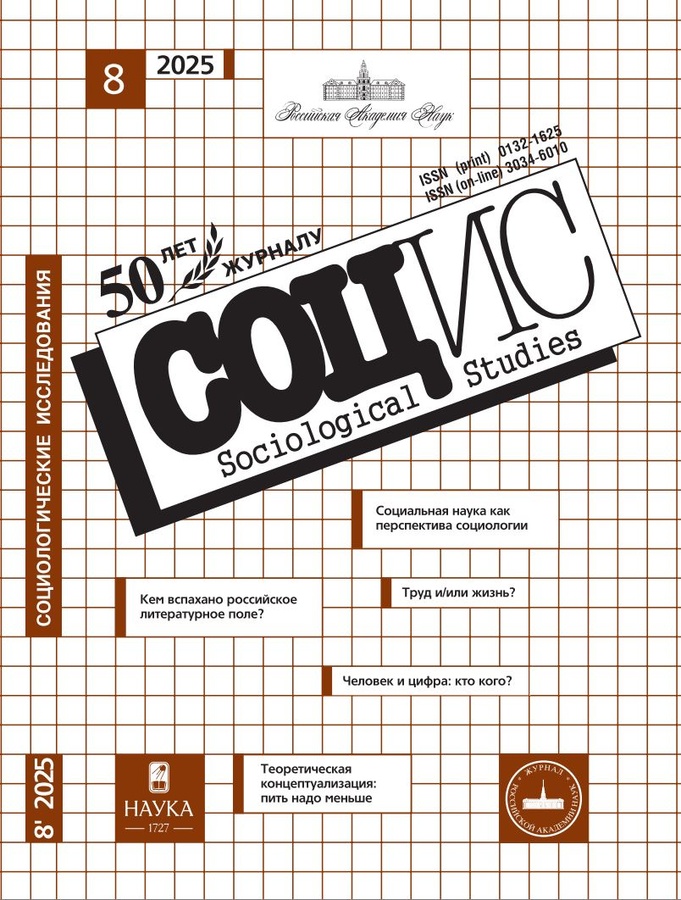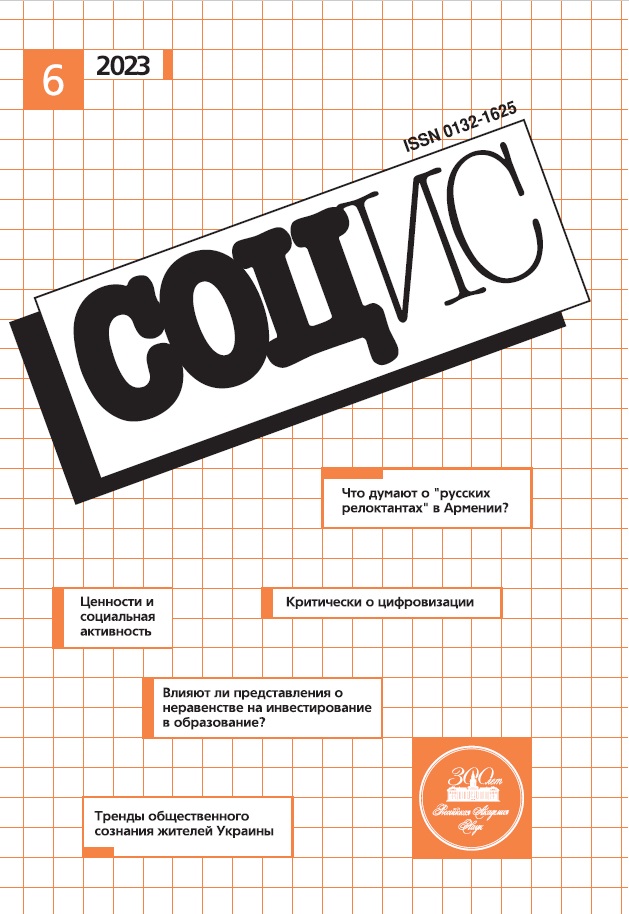О региональном сознании студентов российско-китайского приграничья
- Авторы: Симонян Р.Х.1
-
Учреждения:
- Институт международных исследований МГИМО МИД России
- Выпуск: № 6 (2023)
- Страницы: 136-143
- Раздел: Статьи
- URL: https://cijournal.ru/0132-1625/article/view/661735
- DOI: https://doi.org/10.31857/S013216250026398-0
- ID: 661735
Цитировать
Полный текст
Аннотация
В связи со смещением центра мировой экономики в направлении Азиатско-Тихоокеанского региона и ростом экономического сотрудничества России и Китая, российско-китайское приграничье и, прежде всего, его социальная составляющая, в том числе региональное сознание, сформированное на основе общности территории, становится актуальным объектом российской социологии. Статья опирается на данные опроса, проведенного в декабре 2021 г., среди магистрантов университетов российско-китайского приграничья (Чита, Благовещенск, Хабаровск, Владивосток). Рассматриваются такие показатели, как самоидентификации, отношение к религии, цивилизационной принадлежности, включенность в политический процесс, установки на миграцию, восприятие внешних и внутренних угроз для России, ценностные предпочтения, отношении к сотрудничеству с Китаем и др.
Об авторах
Ренальд Хикарович Симонян
Институт международных исследований МГИМО МИД РоссииМосква, РФ, 119454 Москва, пр-т Вернадского, 76
Список литературы
- Березутский Ю.В. Молодежь Хабаровского края: «точка роста» или «точка невозврата»? // Социологические исследования. 2022. № 2. С. 65-72. doi: 10.31857/S013216250016668-7
- Грушин Б. Массовое сознание: Опыт определения и проблемы исследования. М.: Политиздат, 1987.
- Дробижева Л.М. Общероссийская идентичность и уровень межнационального согласия как отражение вектора консолидационных процессов // Социологические исследования. 2017. № 1. С. 26-36.
- Козинец А.И., Ли Дань. Институты изучения России в КНР // Ойкумена. Региональные исследования. 2018. № 2. С.141-150.
- Лебон Г. Психология народов и масс. СПб.: Макет, 1995.
- Минакир П.А. Экономическое и социальное развитие Дальнего Востока и Забайкалья // Вестник Дальневосточного отделения Российской академии наук. 2002. № 2. С. 3-18.
- Россия в цифрах. Краткий статистический сборник. М.: Росстат, 2021.
- Симонян Р.Х. Специфика идентичности студентов приграничья России и Украины (на примере Белгородского и Харьковского госуниверситетов) // Социологические исследования. 2023. №5. С. 108-116.
Дополнительные файлы











